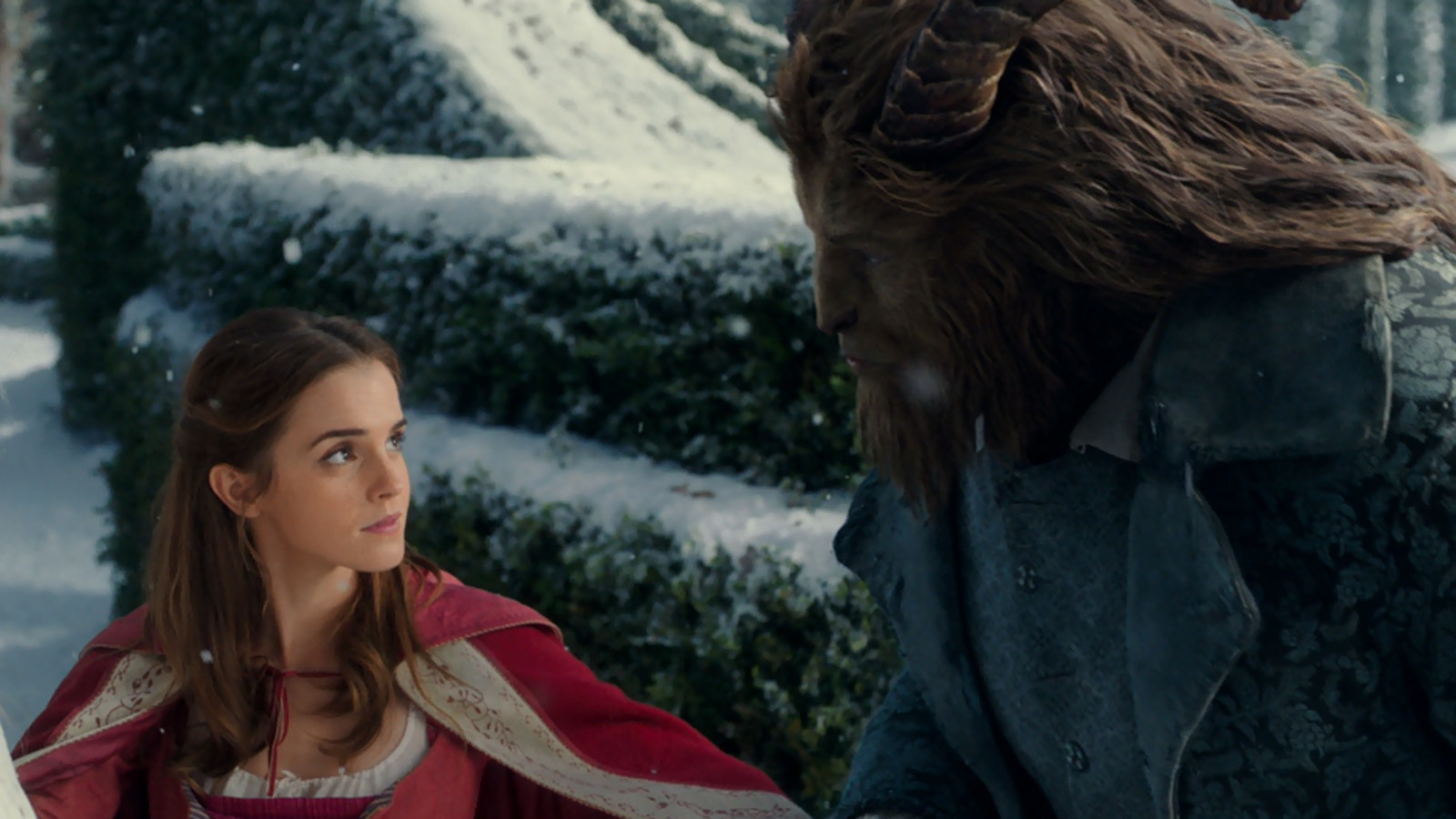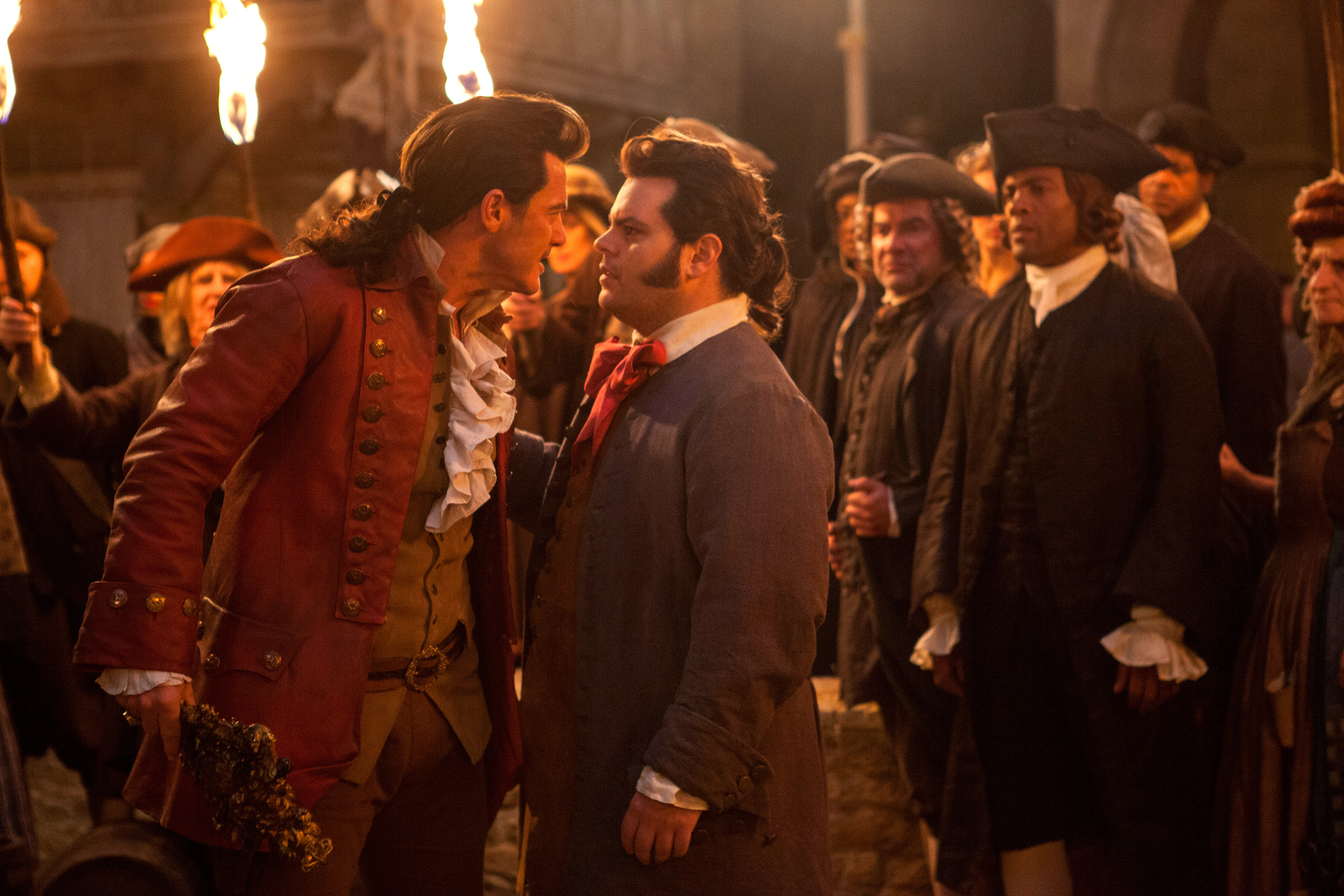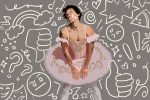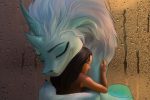The Problem with Lefou
Why Disney’s first gay character is a flop.
By Tylah Silva, Emerson College
Last year, Disney announced the newest movie in their live-action line-up, “Beauty and the Beast,” and no one could log onto Facebook without seeing a promo video on their feed.
With Emma Watson, Ewan McGregor, Ian McKellen and Luke Evans joining the cast of big-name actors, hype for the picture was all the way up.
Then, with only a few weeks before the premiere, Disney announced that the film would feature their first gay character, though arguably their villains have been queer coded for decades. The LGBT+ community initially rejoiced at the headlines. Queer representation in children’s media is huge, especially since the area has been largely taboo. However, Cartoon Network has made progress in this area with major representation in “Steven Universe,” and lesbian side characters voiced by actual lesbians in “Clarence.”

It was a matter of time before Disney gave in, as well. However, the proclamation of their “first” gay character is also odd, since Disney already had a lesbian couple in the TV show “Good Luck Charlie.” Nonetheless, “Beauty and the Beast” would feature the first gay character in a major motion picture. Still big news.
But then people found out who exactly the gay character would be.
Is it the clock and the candle stick? Gaston and The Beast? Belle’s father? Nope, nope, and nope. It’s Lefou.
Does that name ring a bell? No? Well, that’s not unreasonable, given that no one really remembers the second-rate character. The guy doesn’t even have his own Wikipedia page. For those people not obsessed with “Beauty and the Beast” (because really, how could you remember Lefou unless you compulsively study every little detail of the movie), Lefou, played by Josh Gad in the remake, is Gaston’s weasely sidekick who sings that one song about how amazing Gaston is. His moniker literally translates to “The Fool,” and he spends the majority of the film drooling over Gaston, being neglected or threatened by Gaston, or inciting a mob to kill The Beast on Gaston’s behalf. Essentially, he’s a filler character meant for comedic relief and Gaston’s character development.
And who is the live-action Lefou in love with? None other than his abusive boss, Gaston.
Lefou isn’t exactly the ideal character the gay masses have been begging for, but he’s better than nothing, right? Not exactly.
The relationship between Lefou and Gaston is anything but healthy, and again, Lefou isn’t a well-rounded character, either. He’s one of those characters that if your peers were reviewing your story, they’d tell you throw him away. He isn’t essential to the plot whatsoever. And his affection towards Gaston, whether it’s platonic or not, is entirely one-sided. The only time Gaston initiates conversation with Lefou is when he’s grabbing Lefou by the collar and growling in his face.
It makes sense that Lefou is in love with Gaston since the entire town is riding on his jock, but is that something gay kids should fantasize about? Falling in love with their toxic best buds and never receiving that love in return? Because straight kids get to see Belle and Beast conquer prejudice and fall in love, gay kids should get something akin to this as well.
But, in the end, Disney never intended to inspire queer children to believe that their love can be the stuff of fairytales too. The live-action movies, in general have been boring and unoriginal films meant to play off millennials’ nostalgia to earn a few extra bucks. For the most part, they’ve been successful. “Maleficent” swept the box office as a feminist fairy tale, and, despite not bringing in as much cash as they had hoped, “The Jungle Book” walked away with an Oscar nomination for its visual effects. “Beauty and the Beast” was already hyped, but with critics already talking about that creepy Belle doll and Watson’s take on the iconic yellow gown, as well as the live-action trend in general, the movie needed an extra push.
That’s why it wasn’t a coincidence that Lefou’s reveal as a gay character was announced so close to the release date. Bill Condon, the director of the film, tried to offer a pseudo-deep explanation for the character change, making Lefou sound like a major role in the film, not a sidekick. “It may have been a long time coming but this is a watershed moment for Disney,” Condon says. “By representing same-sex attraction in this short but explicitly gay scene, the studio is sending out a message that this is normal and natural – and this is a message that will be heard in every country of the world, even countries where it’s still socially unacceptable or even illegal to be gay.”
It’s a nice sentiment, but it’s unclear if we’re talking about the same movie here. Because having the villain’s sidekick as your “normal and natural” gay representation isn’t going to be a beacon of hope or a persuasive argument for gay rights in countries where the LGBT+ community is stigmatized or outlawed.
This then leads to the conclusion that Lefou isn’t for these people at all. Rather, it’s to make moviegoers feel good about watching Lefou express his feelings for his problematic best friend. It might not be the best relationship, but hey! Audiences don’t have to feel bad because at least it’s a step forward for queer progress.
But, it’s not progress; it’s queer-baiting. In other words, Disney is reeling in viewers with the promise of seeing substantial gay characters. LGBT+ people want to see themselves in the media they consume, and will pay good money to see it. And Disney knows it.
With queer baiting, it’s like getting your cake and eating it too. They don’t have to really make “Beauty and the Beast” be a gay movie—they just need to lay out the bread crumbs. Maybe two background characters of the same gender stand a little too closely to each. Two same gendered characters kiss each other, but they didn’t really kiss each other romantically, it was just to trick someone. One character looks at the other a little too long, but they play it off as a joke! The gayness is there, but it’s not. People will flock to the film and even praise the creative team for something they didn’t do. Homophobes won’t even have to acknowledge that something happened at all.
Everybody wins, mainly the big corporation that made money off the promise of representation. But then there’s the kids LBGT+ kids who remain underrepresented. They won’t get a “normal and natural” gay character like themselves. They’ll get a joke, when in the end they deserve so much more.
They deserve people to call out Disney and other movie and television shows for their exploitation of LGBT+ peoples. And they deserve for creators to make stories about them—real stories with well-rounded, queer characters.
So, don’t praise Disney for doing the absolute bare-minimum—call them out for shamelessly queer-baiting.

















